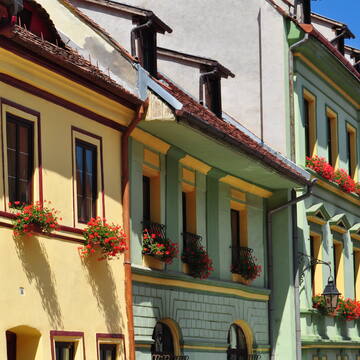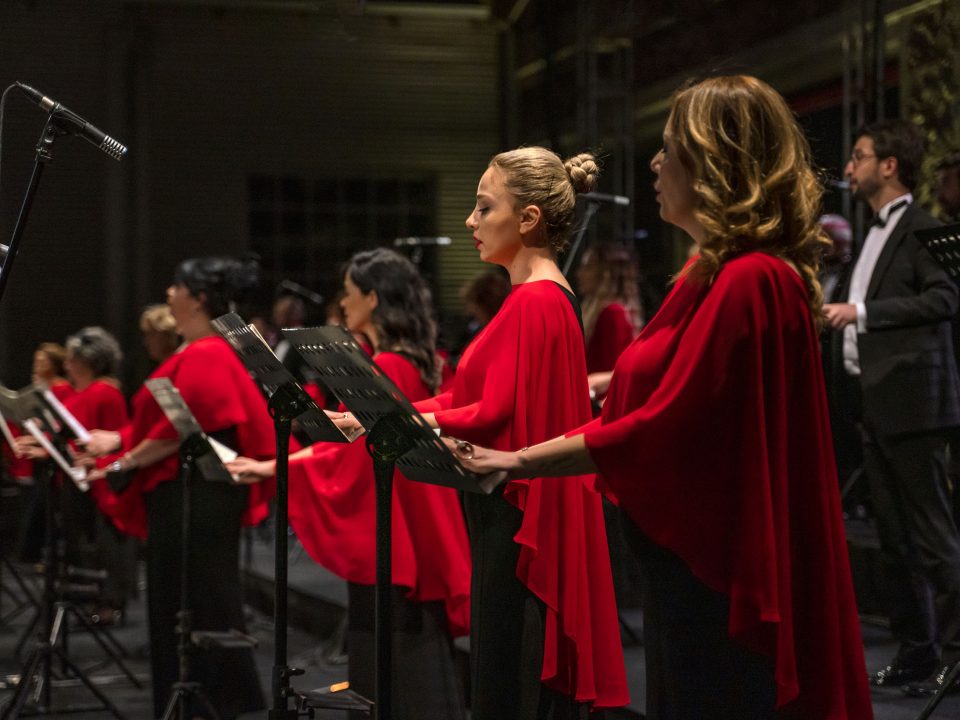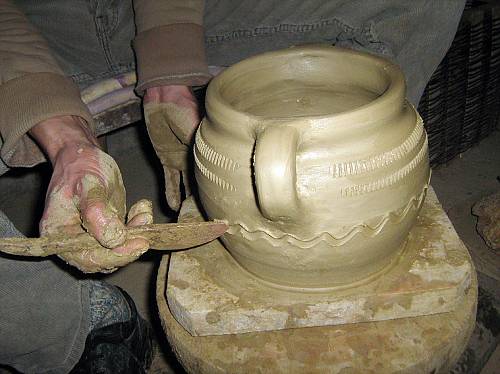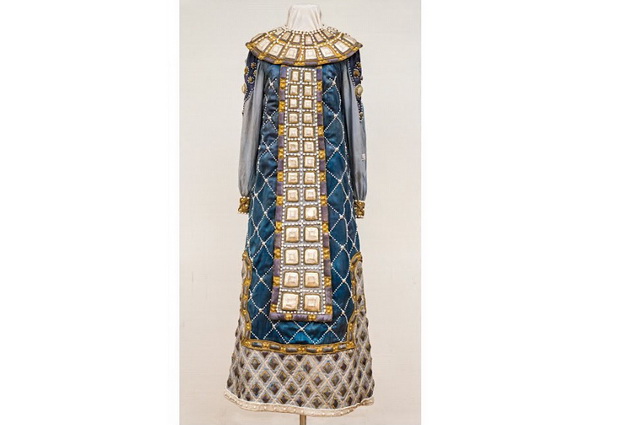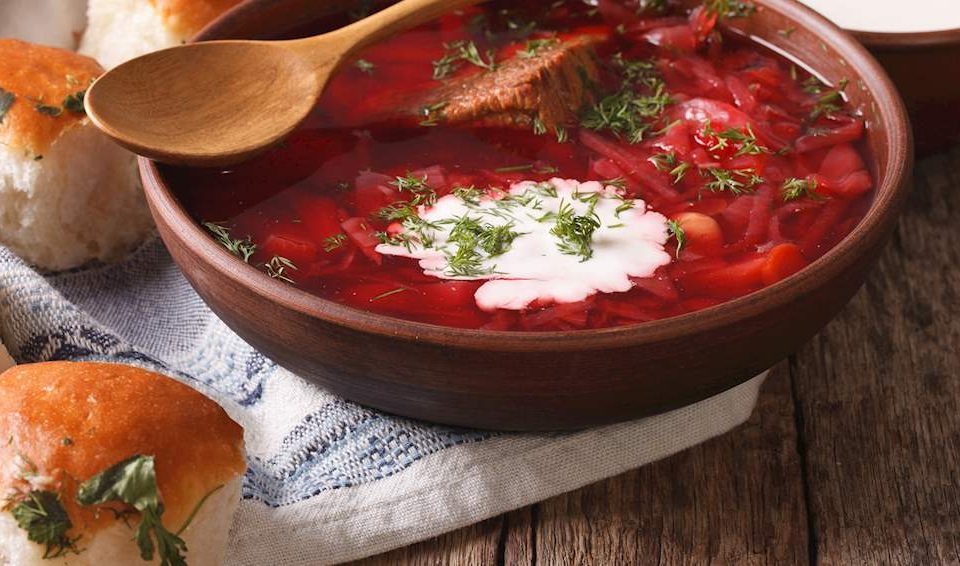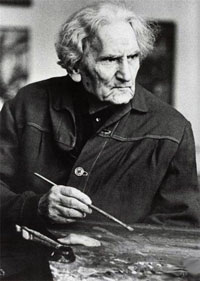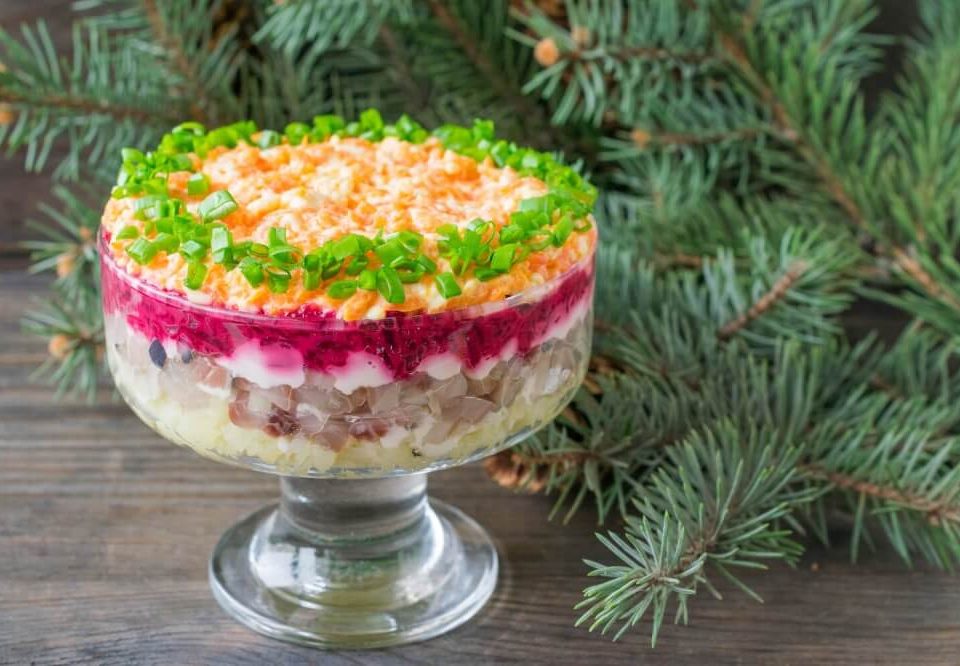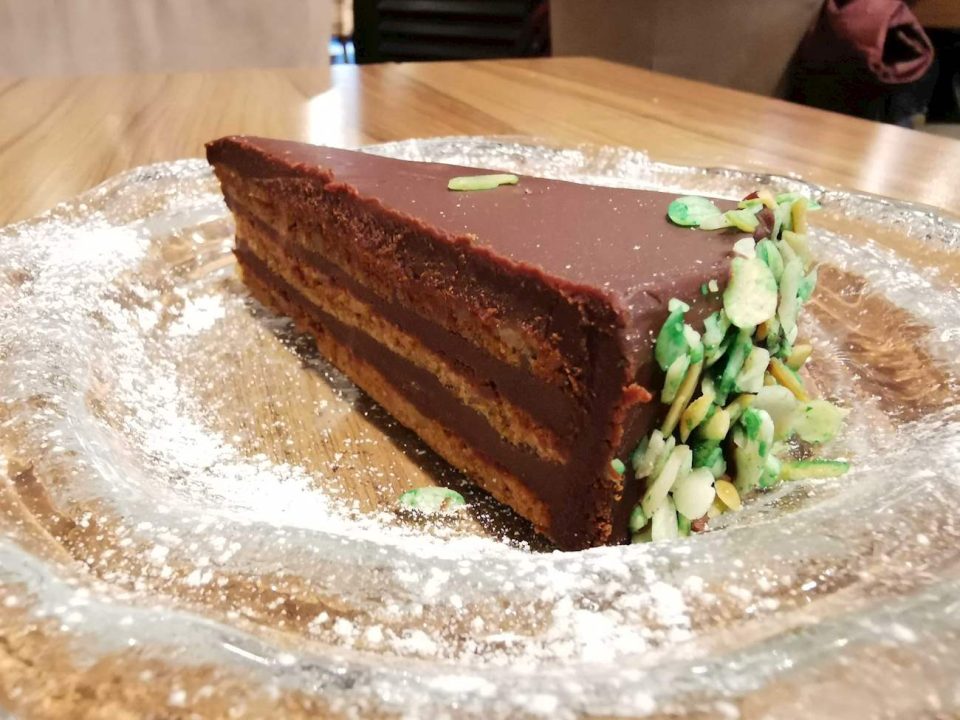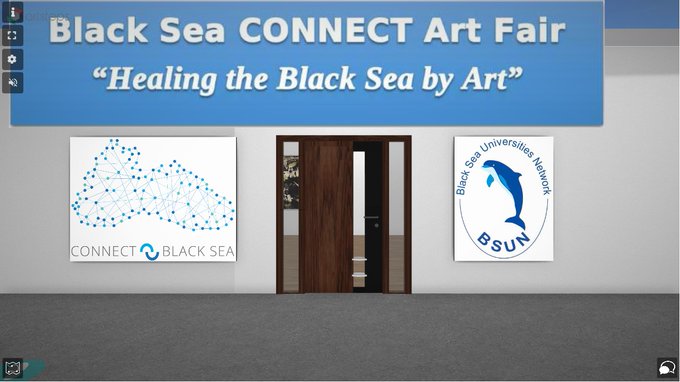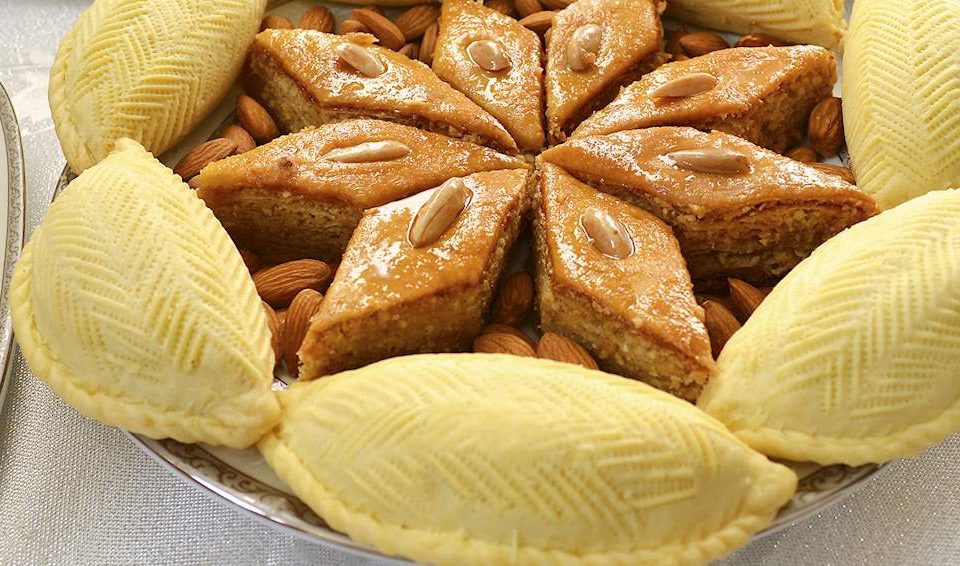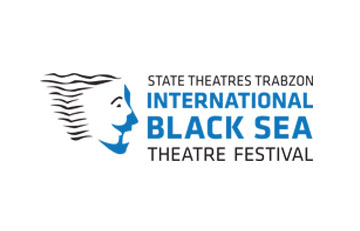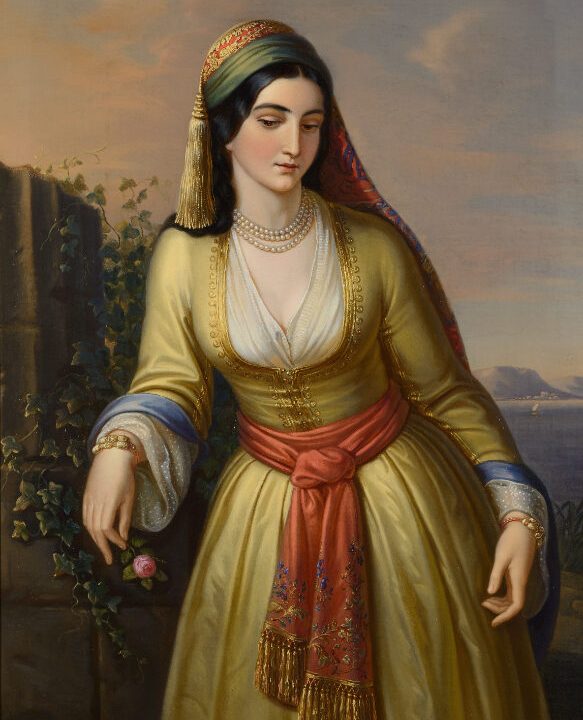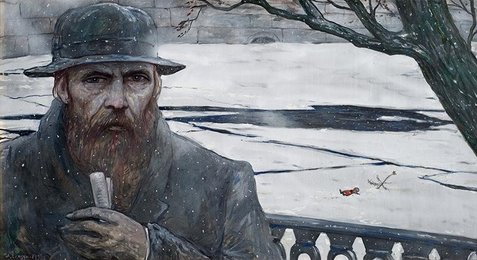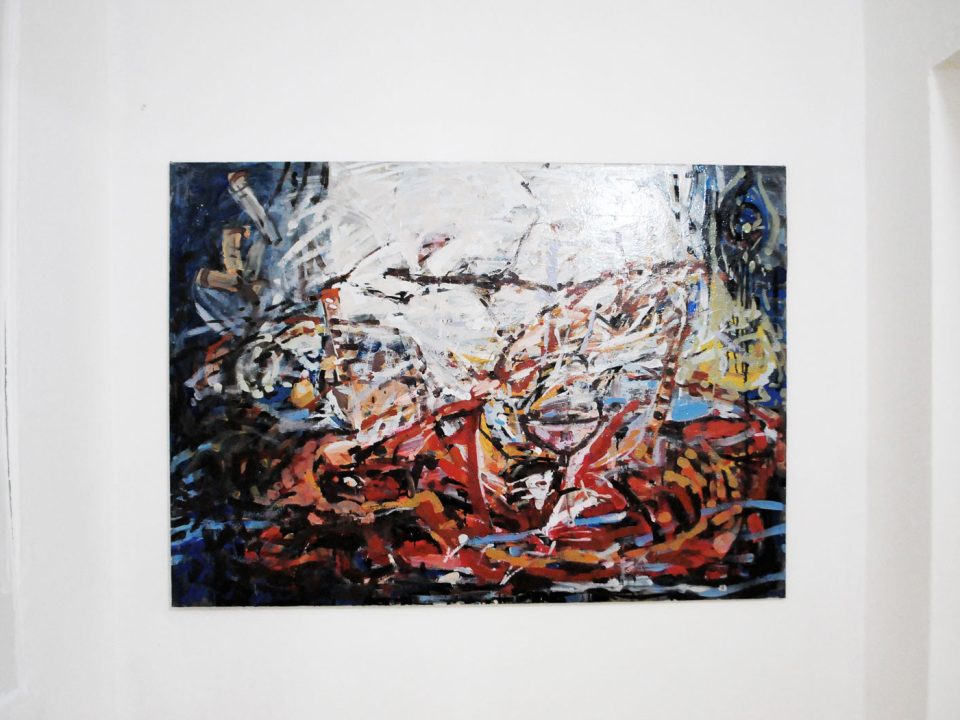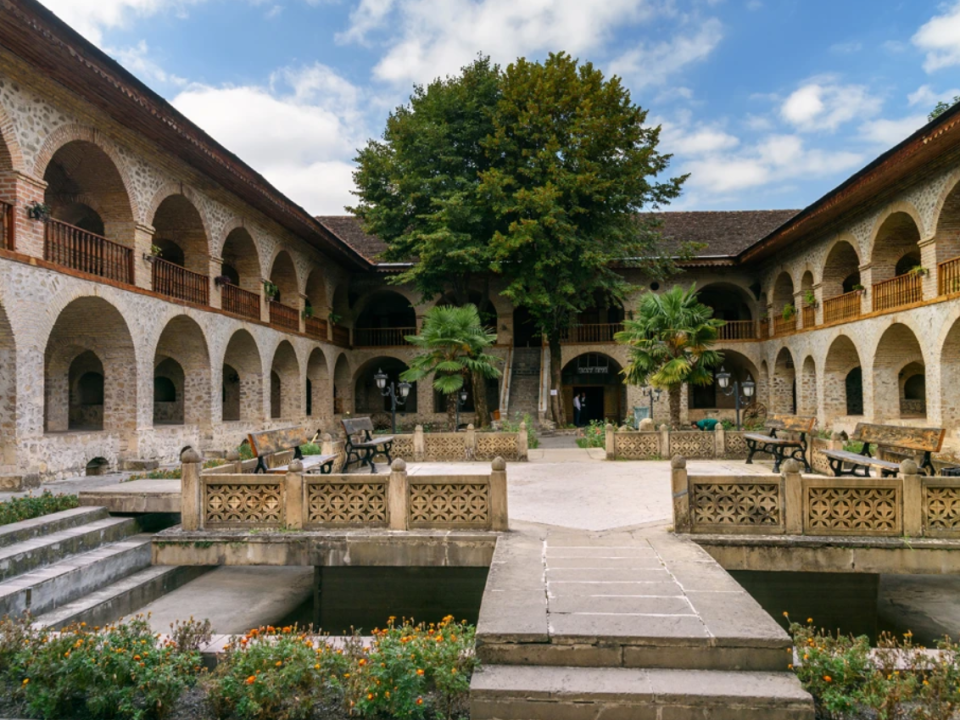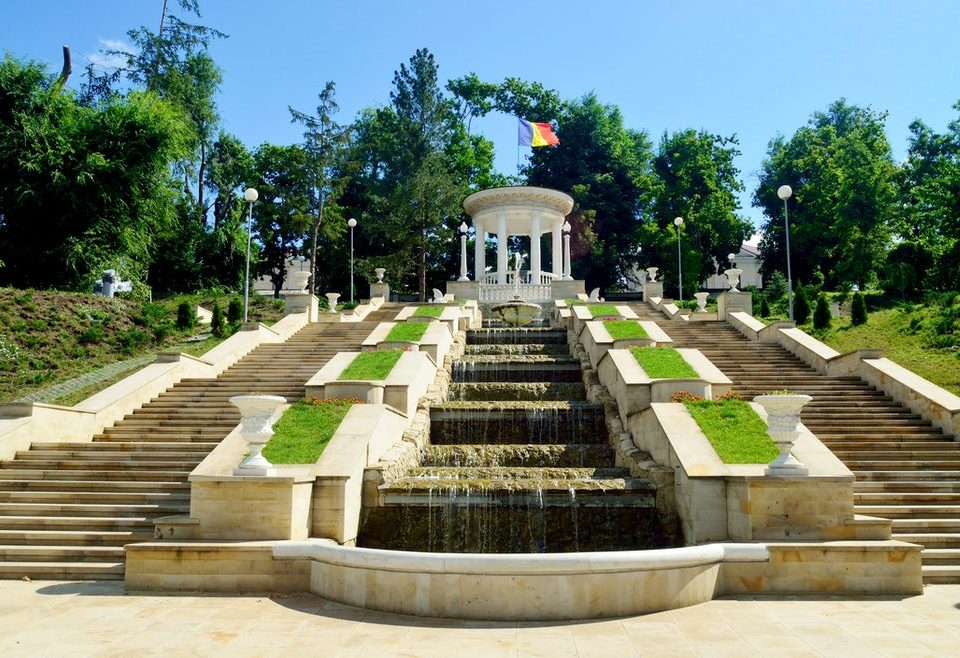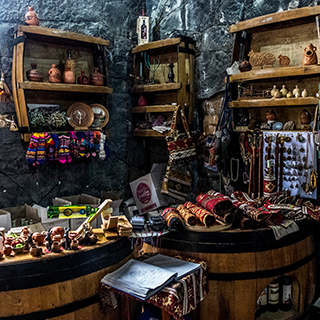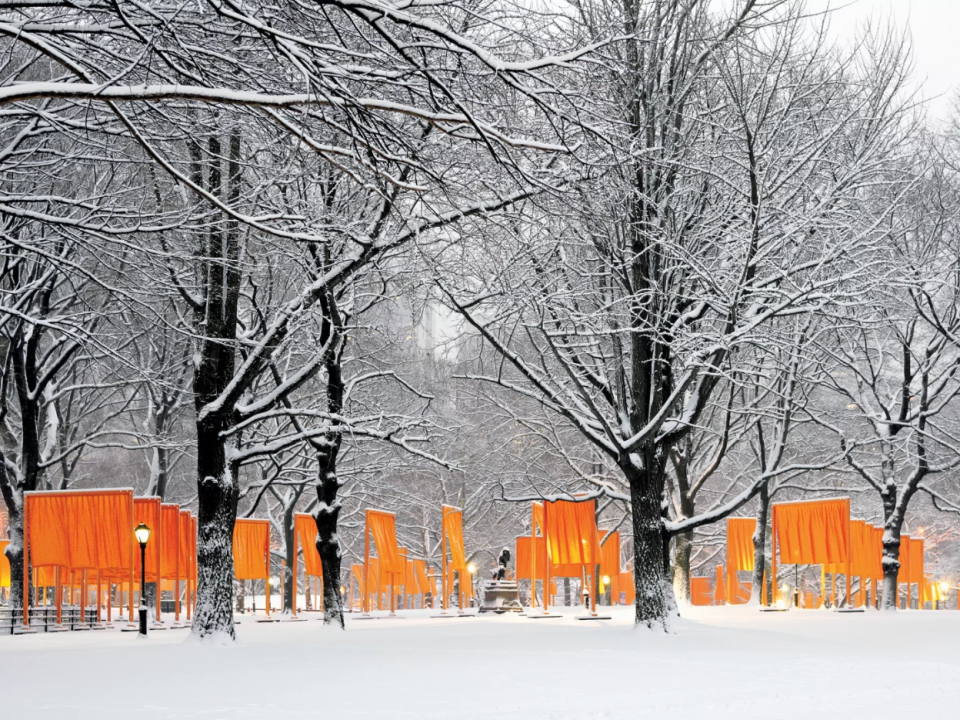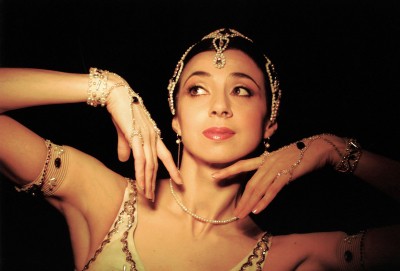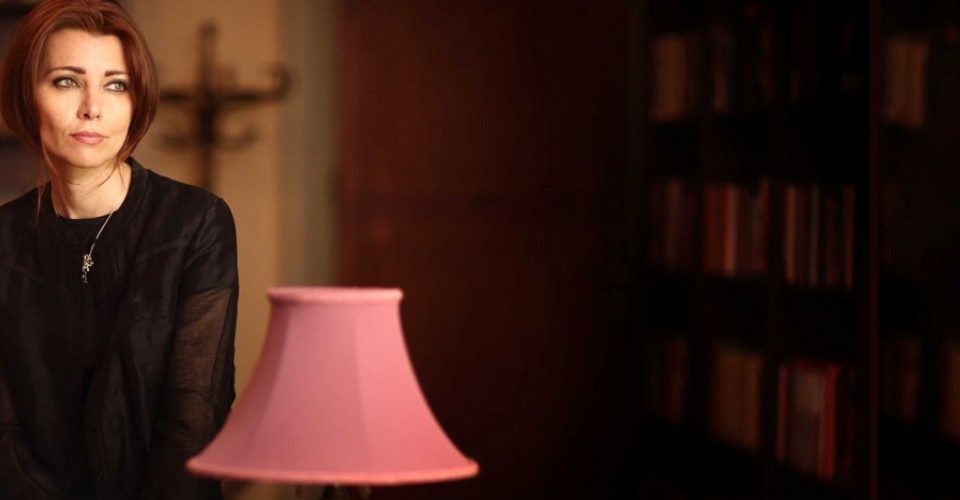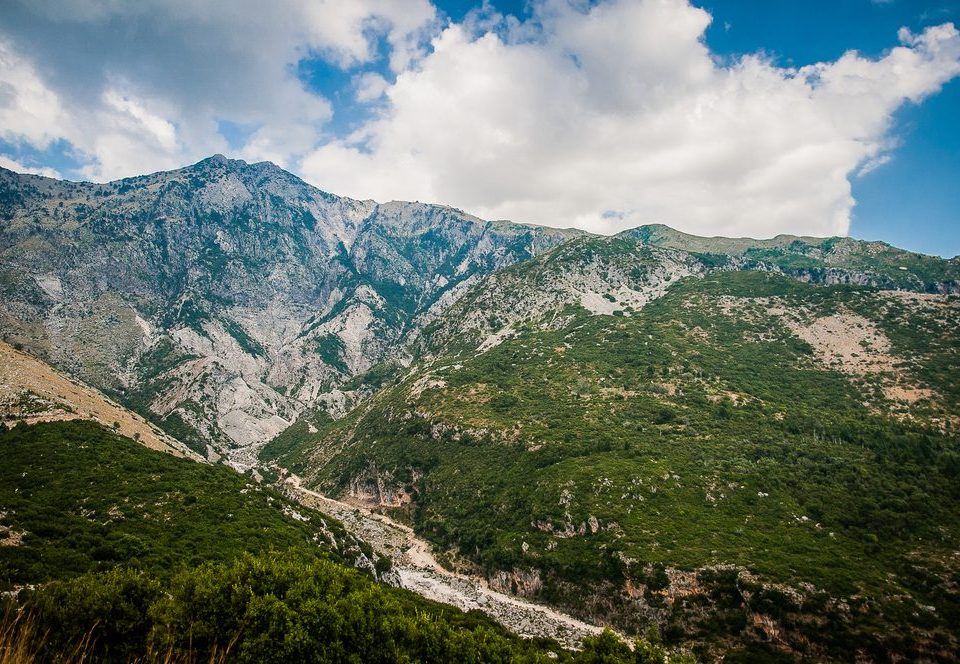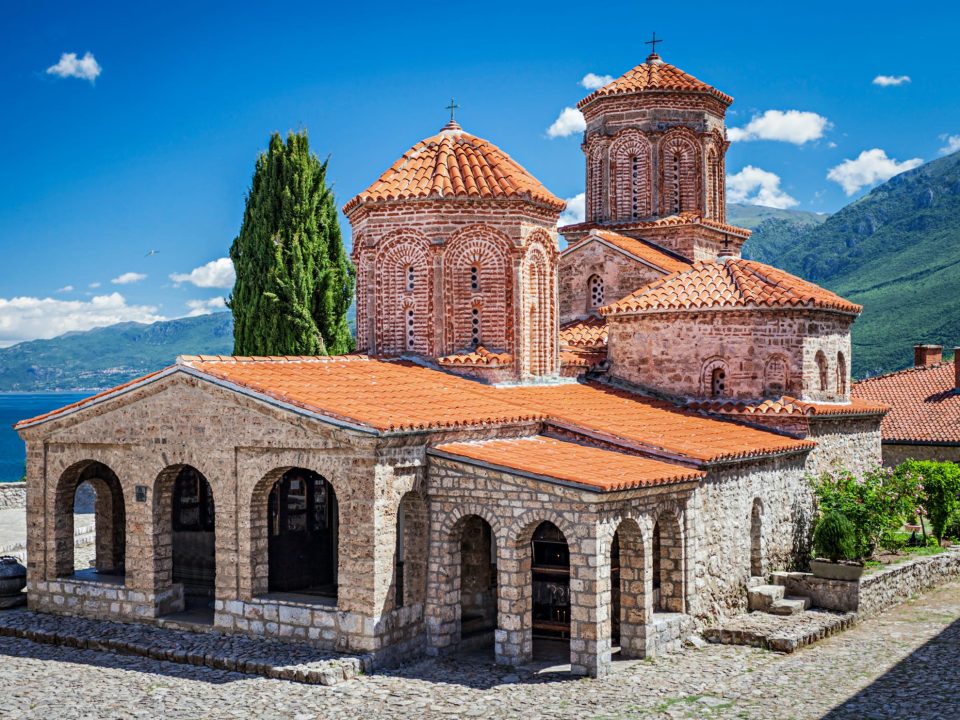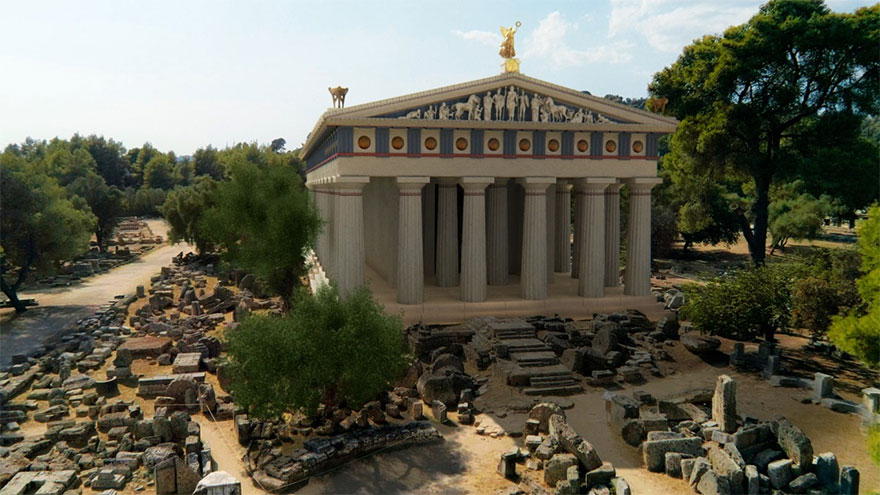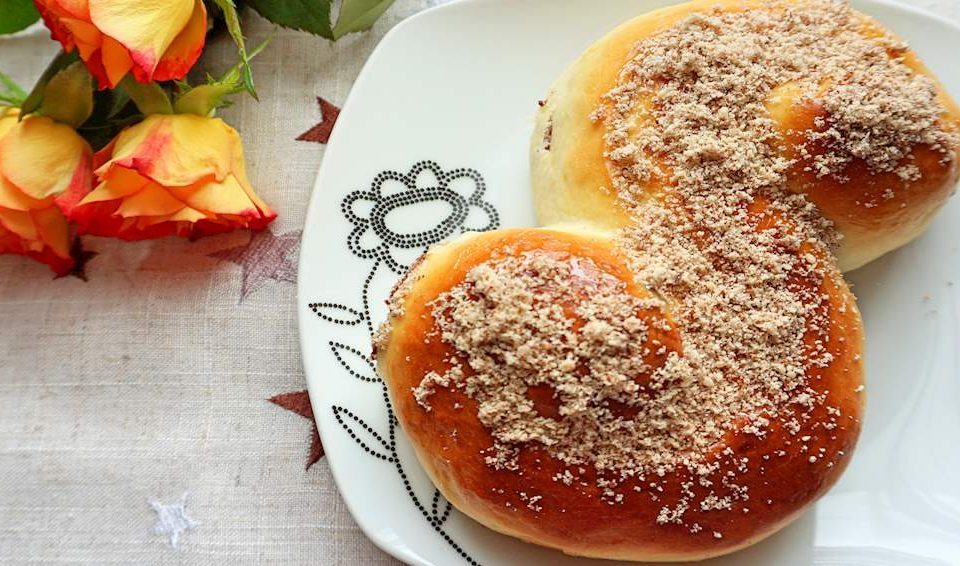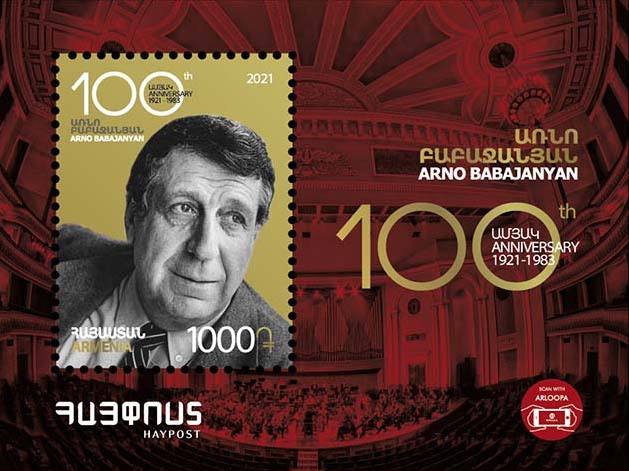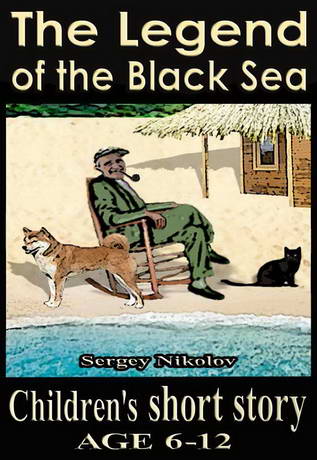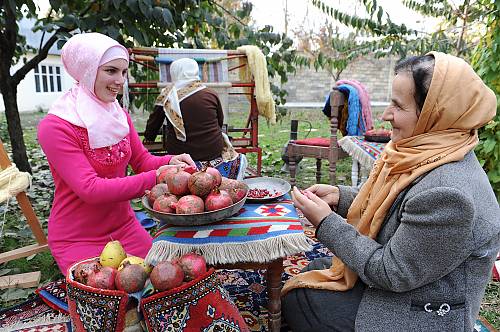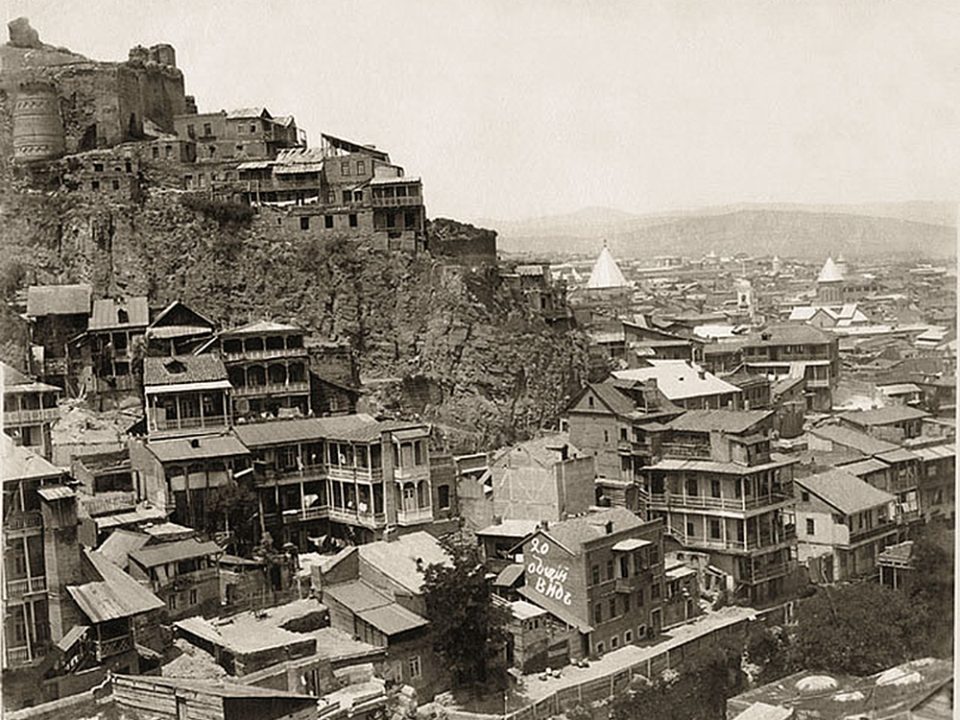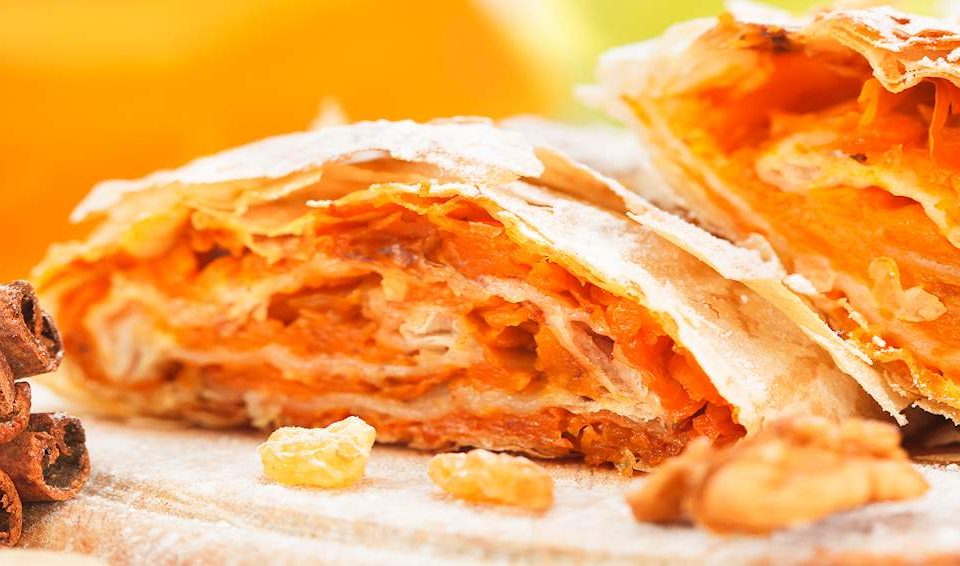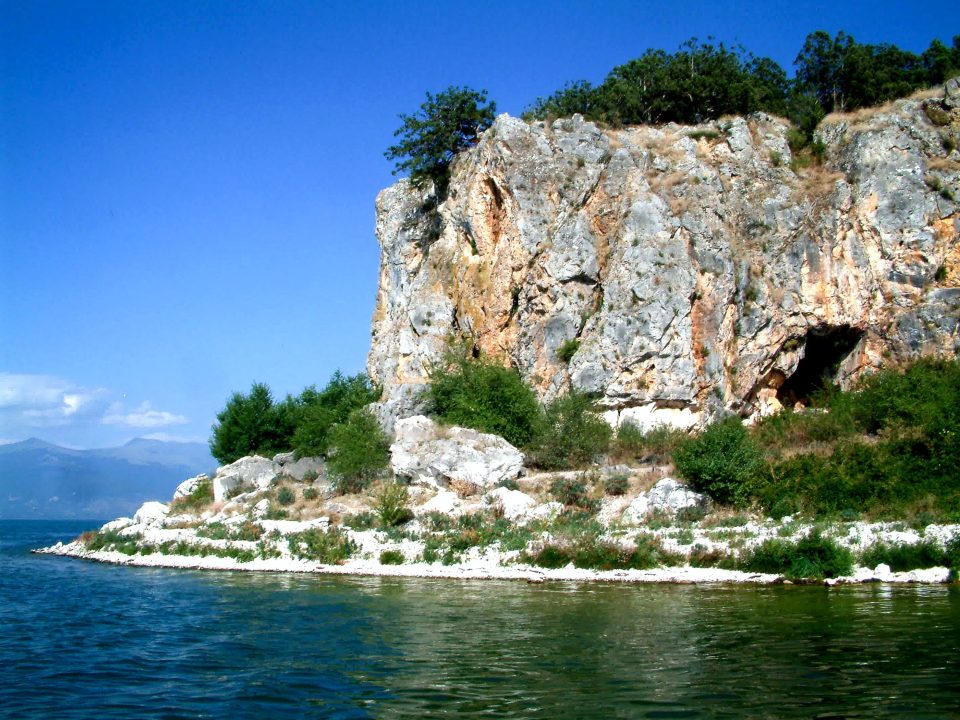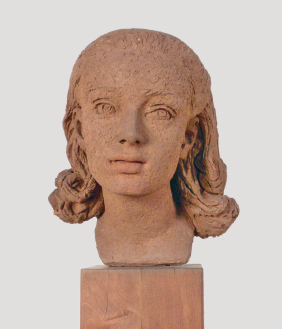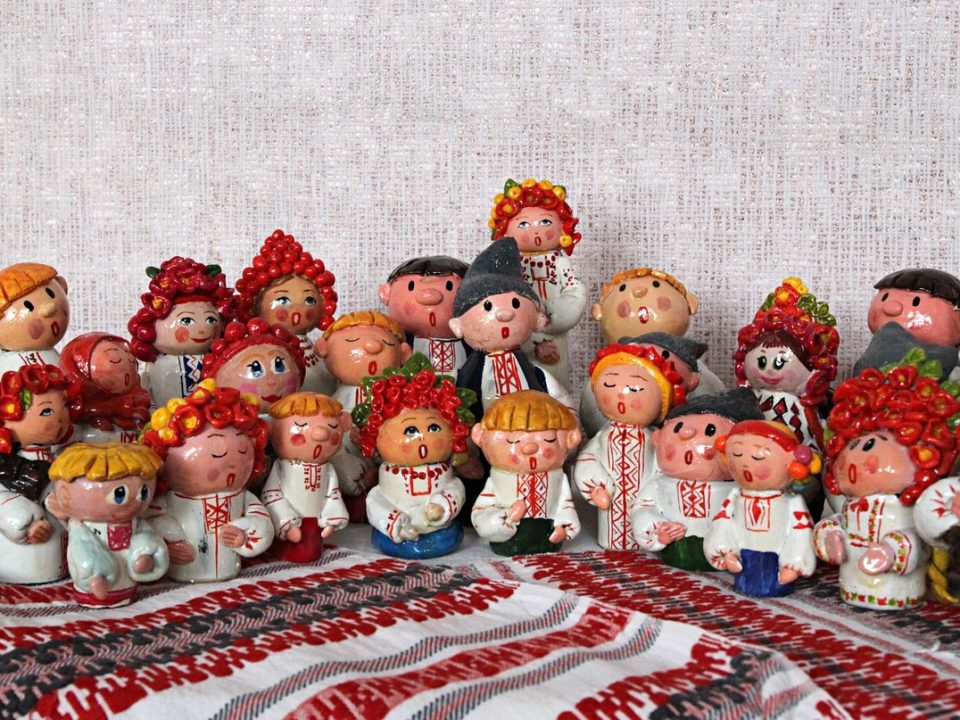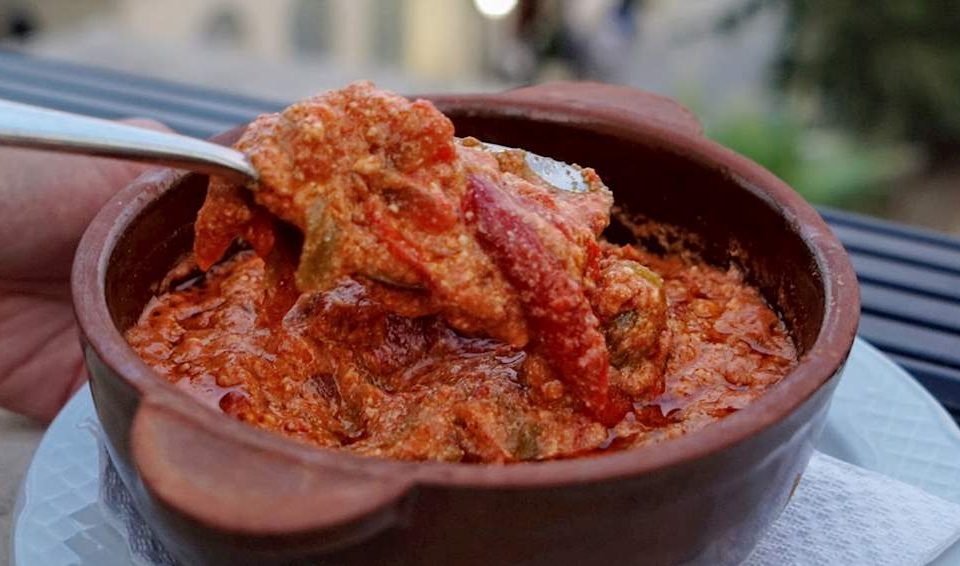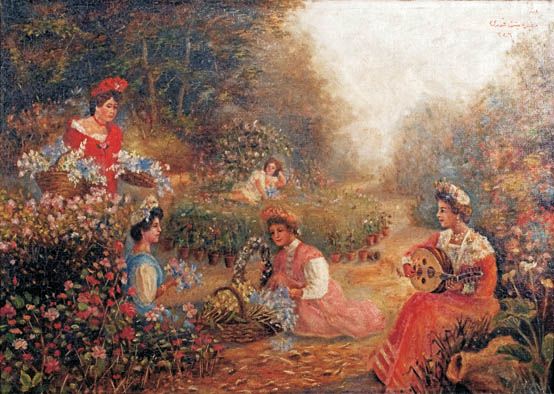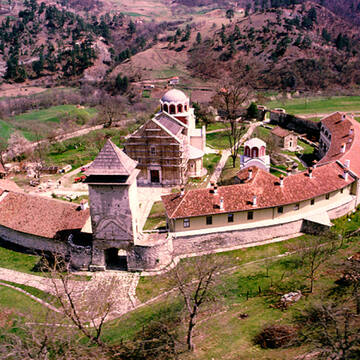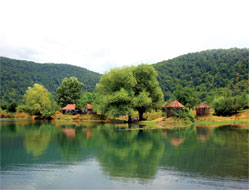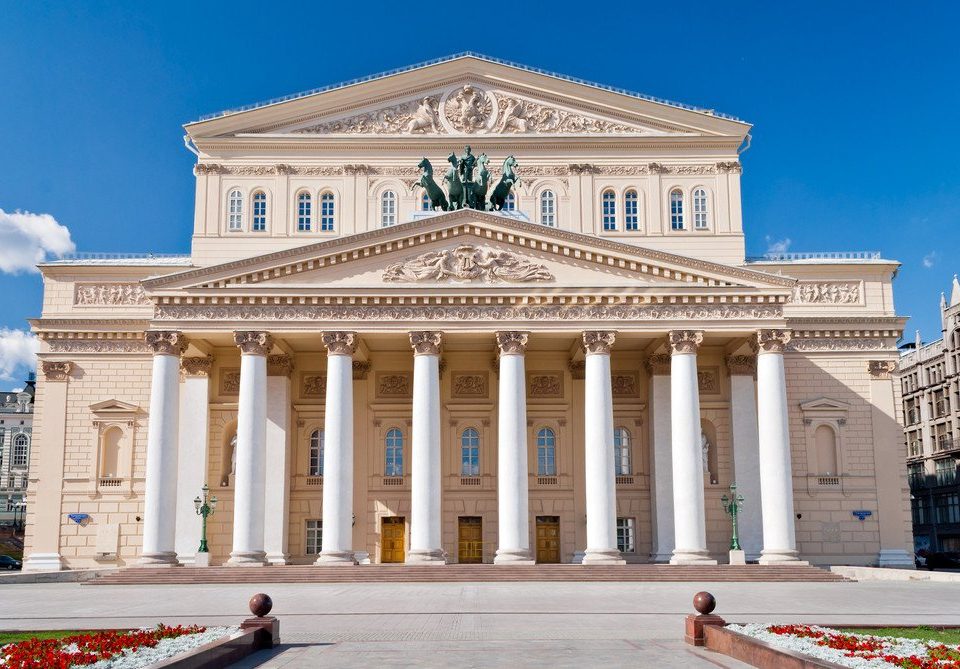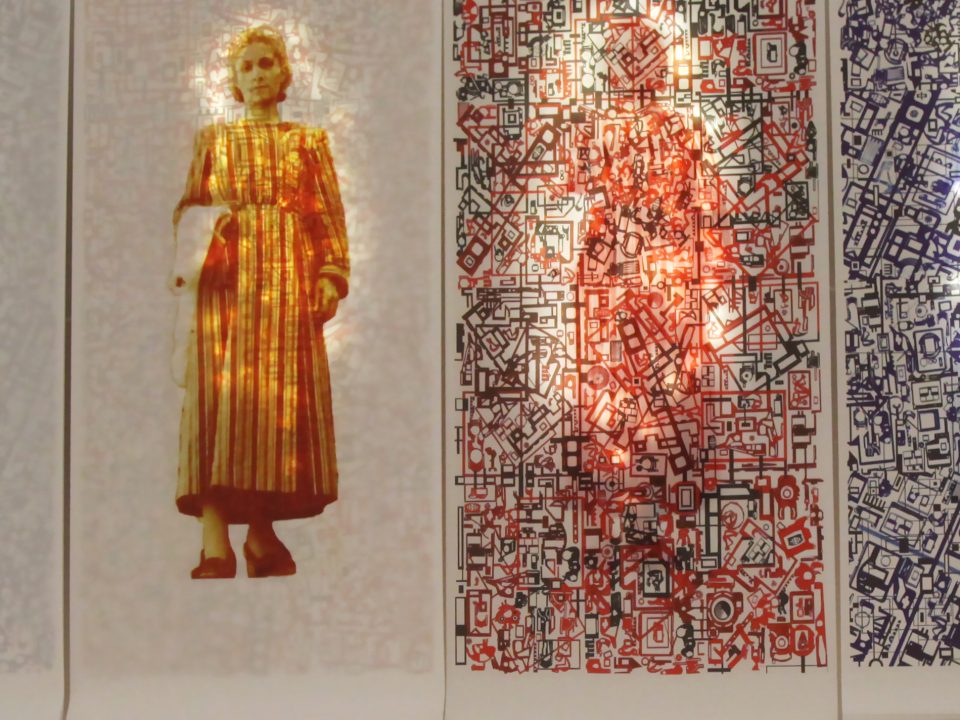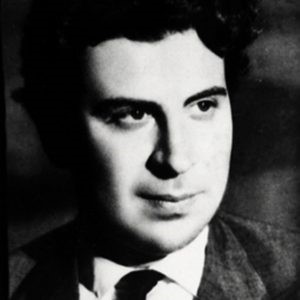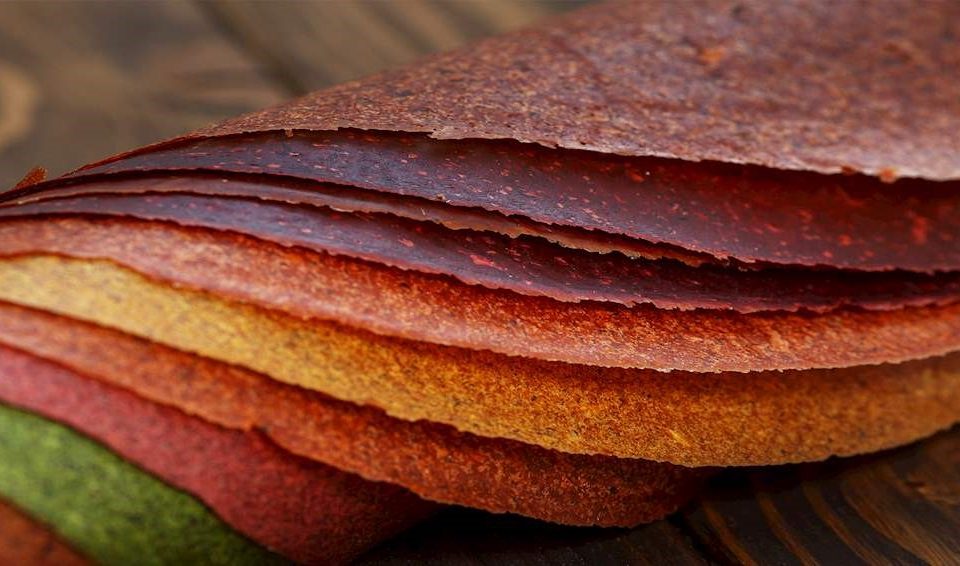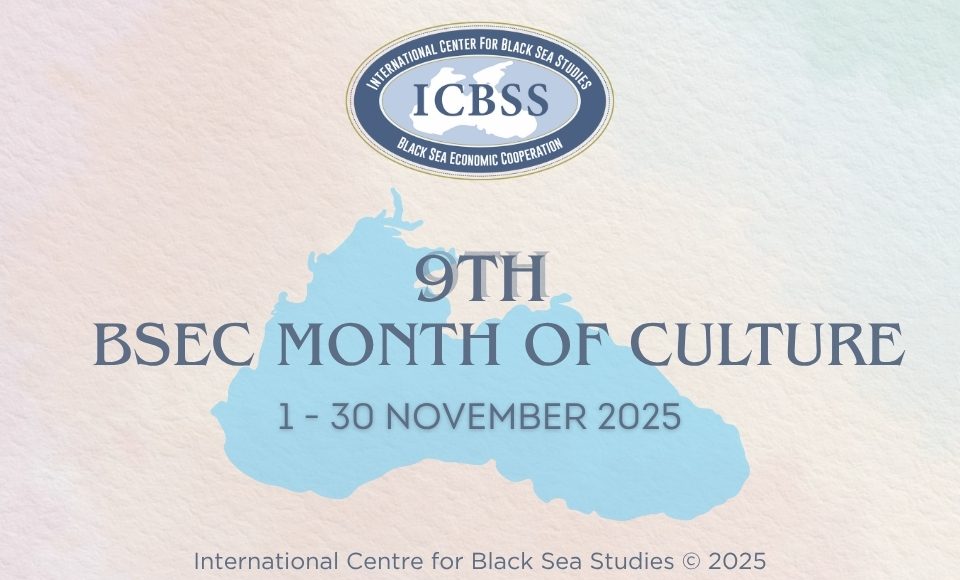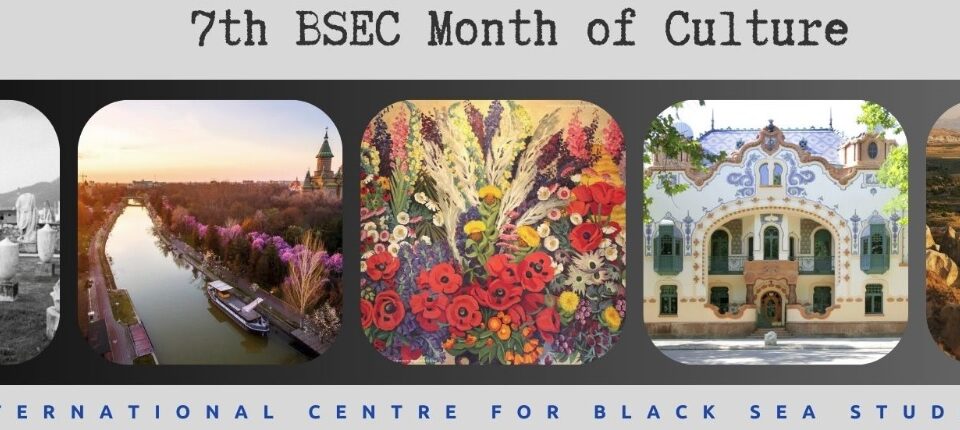5th BSEC Month of Culture
1-30 November 2021
This year in its fifth edition, amidst the global pandemic and the mobility restrictions many countries face over the past months, the MoC aims to provide an online cultural getaway, offering everyone the opportunity to safely navigate through and explore online cultural activities.
The 5th Edition of the BSEC Month of Culture will be launched from 1 to 30 November 2021.
- Date
- December 1, 2021
The Georgian State Museum of Theatre, Music, Cinema and Choreography-Art Palace is a great depository of different cultural objects. This is the only museum of its kind in the whole Caucasus region and it is one that equals the world's leading museums in the wealth and wide variety of its collection. The museum is housed in one of the most beautiful buildings in Tbilisi, which was designed by Paul Stern, a well-known architect of the time, and constitutes a unique example of Gothic and Islamic architecture. Art Palace comprises more than 300,000 objects that provide comprehensive information on the development of Georgian theatre, cinema, circus, folklore, opera and ballet. Moreover, the collections provide insight into the artists’ lives and masterpieces. The manuscripts of Ilia Chavchavadze, the personal archives of Dimitri Arakishvili, theatre and film costumes, 17th -century Persian miniatures, and the paintings and graphics of Léon Bakst are only some of the exhibits that visitors can see.- Date
- December 1, 2021
The Georgian State Museum of Theatre, Music, Cinema and Choreography-Art Palace is a great depository of different cultural objects. This is the only museum of its kind in the whole Caucasus region and it is one that equals the world's leading museums in the wealth and wide variety of its collection. The museum is housed in one of the most beautiful buildings in Tbilisi, which was designed by Paul Stern, a well-known architect of the time, and constitutes a unique example of Gothic and Islamic architecture. Art Palace comprises more than 300,000 objects that provide comprehensive information on the development of Georgian theatre, cinema, circus, folklore, opera and ballet. Moreover, the collections provide insight into the artists’ lives and masterpieces. The manuscripts of Ilia Chavchavadze, the personal archives of Dimitri Arakishvili, theatre and film costumes, 17th -century Persian miniatures, and the paintings and graphics of Léon Bakst are only some of the exhibits that visitors can see.- Date
- November 30, 2021
The Georgian State Museum of Theatre, Music, Cinema and Choreography-Art Palace is a great depository of different cultural objects. This is the only museum of its kind in the whole Caucasus region and it is one that equals the world's leading museums in the wealth and wide variety of its collection. The museum is housed in one of the most beautiful buildings in Tbilisi, which was designed by Paul Stern, a well-known architect of the time, and constitutes a unique example of Gothic and Islamic architecture. Art Palace comprises more than 300,000 objects that provide comprehensive information on the development of Georgian theatre, cinema, circus, folklore, opera and ballet. Moreover, the collections provide insight into the artists’ lives and masterpieces. The manuscripts of Ilia Chavchavadze, the personal archives of Dimitri Arakishvili, theatre and film costumes, 17th -century Persian miniatures, and the paintings and graphics of Léon Bakst are only some of the exhibits that visitors can see.- Date
- November 30, 2021
The Georgian State Museum of Theatre, Music, Cinema and Choreography-Art Palace is a great depository of different cultural objects. This is the only museum of its kind in the whole Caucasus region and it is one that equals the world's leading museums in the wealth and wide variety of its collection. The museum is housed in one of the most beautiful buildings in Tbilisi, which was designed by Paul Stern, a well-known architect of the time, and constitutes a unique example of Gothic and Islamic architecture. Art Palace comprises more than 300,000 objects that provide comprehensive information on the development of Georgian theatre, cinema, circus, folklore, opera and ballet. Moreover, the collections provide insight into the artists’ lives and masterpieces. The manuscripts of Ilia Chavchavadze, the personal archives of Dimitri Arakishvili, theatre and film costumes, 17th -century Persian miniatures, and the paintings and graphics of Léon Bakst are only some of the exhibits that visitors can see.- Date
- November 29, 2021
The Georgian State Museum of Theatre, Music, Cinema and Choreography-Art Palace is a great depository of different cultural objects. This is the only museum of its kind in the whole Caucasus region and it is one that equals the world's leading museums in the wealth and wide variety of its collection. The museum is housed in one of the most beautiful buildings in Tbilisi, which was designed by Paul Stern, a well-known architect of the time, and constitutes a unique example of Gothic and Islamic architecture. Art Palace comprises more than 300,000 objects that provide comprehensive information on the development of Georgian theatre, cinema, circus, folklore, opera and ballet. Moreover, the collections provide insight into the artists’ lives and masterpieces. The manuscripts of Ilia Chavchavadze, the personal archives of Dimitri Arakishvili, theatre and film costumes, 17th -century Persian miniatures, and the paintings and graphics of Léon Bakst are only some of the exhibits that visitors can see.- Date
- November 29, 2021
The Georgian State Museum of Theatre, Music, Cinema and Choreography-Art Palace is a great depository of different cultural objects. This is the only museum of its kind in the whole Caucasus region and it is one that equals the world's leading museums in the wealth and wide variety of its collection. The museum is housed in one of the most beautiful buildings in Tbilisi, which was designed by Paul Stern, a well-known architect of the time, and constitutes a unique example of Gothic and Islamic architecture. Art Palace comprises more than 300,000 objects that provide comprehensive information on the development of Georgian theatre, cinema, circus, folklore, opera and ballet. Moreover, the collections provide insight into the artists’ lives and masterpieces. The manuscripts of Ilia Chavchavadze, the personal archives of Dimitri Arakishvili, theatre and film costumes, 17th -century Persian miniatures, and the paintings and graphics of Léon Bakst are only some of the exhibits that visitors can see.- Date
- November 26, 2021
The short films ‘’Where are you now?’’ (Albania) and ‘’North Pole’’ (Republic of North Macedonia) were awarded in the 12th ‘’Balkans Beyond Borders Short Film Festival’’. The BBB Jury team 2021 gave their personal Special Mentions to the short films that touched them most according to their perceptions, and the aforementioned productions were two of them.- Date
- November 25, 2021
The Georgian State Museum of Theatre, Music, Cinema and Choreography-Art Palace is a great depository of different cultural objects. This is the only museum of its kind in the whole Caucasus region and it is one that equals the world's leading museums in the wealth and wide variety of its collection. The museum is housed in one of the most beautiful buildings in Tbilisi, which was designed by Paul Stern, a well-known architect of the time, and constitutes a unique example of Gothic and Islamic architecture. Art Palace comprises more than 300,000 objects that provide comprehensive information on the development of Georgian theatre, cinema, circus, folklore, opera and ballet. Moreover, the collections provide insight into the artists’ lives and masterpieces. The manuscripts of Ilia Chavchavadze, the personal archives of Dimitri Arakishvili, theatre and film costumes, 17th -century Persian miniatures, and the paintings and graphics of Léon Bakst are only some of the exhibits that visitors can see.- Date
- November 25, 2021
Pampushka or Pampushki (Ukrainian: Пампушка) is a very popular snack in Ukraine. These small yeasted bans can be prepared in sweet or savory versions. The dough usually consists of milk, flour, eggs, sugar, butter, yeast, oil, and salt, and it is then shaped into small balls. The sweet version of pampushka is often filled with ingredients, such as fruit jam, berries, fresh fruit, or cottage cheese, while the savory one has no filling. In addition, the savory version of these bans is traditionally flavored with garlic sauce and is served alongside borscht, a famous Ukrainian soup.- Date
- November 24, 2021
Martiros Sarian is one of the most widely known Armenian painters of the 20th century and the founder of the modern Armenian school of painting. He lived between 1880 and 1972, and he studied at the Moscow College of Painting, Sculpture and Architecture. His masters, such as Valentin Serov and Konstantin Korovin, were among the most famous Russian painters of the time, and played a crucial role in the development of Sarian’s professional skills. He was also influenced by the work of Paul Gauguin and Henri Matisse, and as he has exclaimed "Color is a genuine miracle. In combination with sunlight, it expresses the spirit of object's shape and the essence of universal existence". Sarian's painting style was characterized by bright, saturated colors representing a new aesthetic perception. This perception combined the imitation of the reality with the free imagination and abstraction. At the same time, Sarian painted simple natural shapes and nature rested his main mentor. Moreover, he united artistic traditions of the East with new trends of the 20th century European painting. Martiros Sarian participated in many exhibitions, such as the Blue Rose Exhibition, and was awarded lots of prizes, such as the State Prize for designing the Almast opera by Alexander Spendiarov.- Date
- November 24, 2021
Shuba or ‘’Herring under a fur coat’’ (Russian: Селёдка под шубой) is a traditional Russian salad, which consists of three distinctive layers: salted herring, potatoes and beets. However, Shuba often has more than three layers, mostly consisting of apples, onions, carrots or hard-boiled eggs. It is generally believed that this delicious salad was created by Anastas Bogomilov, a tavern owner, at the beginning of the 20th century. The red color of the beets symbolizes the red flag, and potatoes symbolize the staple food of peasants and workers. Today, Shuba is usually cooked for Russian New Year celebrations.- Date
- November 24, 2021
Torta Garash (Bulgarian: Торта Гараш) is a palatable cake and one of the most famous desserts in Bulgaria. It consists of five delicate walnut sponges layered with dark chocolate. The whole cake is then covered in a glistening chocolate icing or creamy ganache, and it is decorated with walnuts, desiccated coconut, sliced almonds or chocolate ornaments. Torta Garash was created by Kosta Garash, an Austro-Hungarian confectioner. In 1885, he was working at a lavish hotel in the city of Ruse, where he first served the cake. Later, Garash went to Sofia and this impressive cake soon became a popular Bulgarian dessert. Nowadays, Torta Garash is part of the menus of numerous pâtisseries and restaurants all over the country.- Date
- November 23, 2021
The first edition of the Black Sea CONNECT Art Fair “Healing the Black Sea by Art” has been launched! This virtual exhibition is organized by The Black Sea Universities Network and has been initiated as an activity under the frame of Black Sea CONNECT Project, Task 4.2 - Black Sea Awareness & Outreach, ‘’aiming to create an exhibition dedicated to the problems of the Black Sea’’. As we read the concept note of the Art Fair, we can join a virtual showroom of exhibits (painting/ photography/ construction with materials consisted from marine litter) with recorded presentations or text descriptions, ‘’where the language of visual arts can generate synergies for promoting the protection of the Black Sea’’. Moreover, the event has the objective to promote young artists from the countries of the Black Sea region and to boost intercultural relations.- Date
- November 22, 2021
Shekerbura (Azerbaijani: şəkərbura) is a sweet pastry and one of the most popular desserts in Azerbaijan. The tender pastry shell is made with butter-based dough, which is then filled with a sweet nut filling (ground almonds, hazelnuts or walnuts). Shekerbura is famous for its trimming shell. It is intricately decorated with different geometrical shapes, transforming this sweet delicacy into a really impressive dessert. In cases when Shekerbura is not decorated in this way, it is usually dusted with powdered sugar. Furthermore, it is always made in a crescent form, strongly resembling the moon, and is traditionally served during Novruz, an annual celebration welcoming spring and the renewal of nature. This sweet pastry can be served freshly baked, warm or cooled.- Date
- November 22, 2021
Trabzon International Black Sea Theatre Festival organized by Turkish State Theaters-The National Theater of Turkey is a 20-day and non-competitive festival which aims at being a bridge between Western and Eastern cultures. Its purpose is both to establish future cooperation between Turkish State Theaters, theatre companies from Black Sea region and all over the world, and to highlight that there is no discrimination of religion, language or race in art. In 2000, the first edition of the “Festival of the Black Sea Countries” was held and it was initially attended by 6 countries. However, the number of participating countries has increased. In 2006, its title changed to “Black Sea Theatre Festival” and states that are not located in the Black Sea region were also invited to the event. Besides the performances of distinguished theatre companies (to date, 187 different productions), world renowned directors and playwrights have participated to workshops, seminars and interviews. The 22nd annual Trabzon International Black Sea Theater Festival will take place from 5 to 25 May 2022 and it will present a wide variety of art genres, such as theatre, dance and street performances.- Date
- November 19, 2021
As part of the celebration for the 200 years (1821-2021) since the beginning of the Greek Revolution, the Benaki Museum and the Anthony E. Comninos Foundation present the exhibition “Treasures of Philhellenic Art” with works from the important collection of the Foundation. The collection includes paintings of exceptional quality executed by renowned 19th -century European artists, such as Ludovico Lipparini, Pierre Bonirote, Edward Lear and Carl A.J. Rottmann. The works display the whole range of the philhellenic repertoire, while they are also unpublished and exhibited for the first time. The exhibition will continue until January 9, 2022 and its admission is free.- Date
- November 19, 2021
This year, Russians and bibliophiles all around the world celebrate the 200th anniversary of Fyodor Dostoevsky’s birth (November 11, 1821). Fyodor Dostoevsky (Russian: Фёдор Михайлович Достоевский) is the most influential novelist of 19th century Russian literature and one of the greatest writers of all time. He was born in Moscow and was introduced in literature at an early age through a wide variety of books by Russian and foreign authors. After finishing school, he was admitted to the Military Engineering Academy in St Petersburg and conceived the novel ‘’Poor folk’’. Dostoevsky made forceful contributions to a wide range of philosophical and religious issues exploring human psychology in the troubled political, social and spiritual atmospheres of 19th-century Russia. His novella ‘’Notes from Underground’’ (1864) is considered to be one of the first works of existentialist literature. His literary works consists of 12 novels, 4 novellas, more than a dozen short stories, and reams of non-fiction, journalism and other prose. He was also a publisher. Fyodor Dostoevsky’s most famous novels include ‘’Crime and Punishment’’, ‘’The Idiot’’, ‘’Demons’’ and ‘’The Brothers Karamazov’’.- Date
- November 19, 2021
Tirana Art Lab – Center for Contemporary Art is a contemporary art institution. In 2010, it was founded on the initiative of Adela Demetja, who has organized a lot of international exhibitions in many European countries. The aim of TAL is to promote new artists from Albania as well as from Central, Eastern, and South Eastern Europe, and to boost projects critically engaged with artistic, cultural and social issues. A wide variety of events take place, such as exhibitions, film festivals, workshops and concerts. Moreover, TAL is the first Albanian institution collaborating with ‘’Institut national d’histoire de l’art’’ in Paris, and the first art and cultural organization in Albania supported, in the framework of an international partnership project (Heroes We Love), by the Creative Europe Programme. The Laboratory consists of an exhibition space, a space for artists in residence and an open public library of contemporary art books.- Date
- November 18, 2021
Maznik is a traditional pastry, which consists of dough pulled into paper-thin sheets. Before rolling them into long and coiled sausage-like rolls, the sheets are topped with oil and a filling of choice. As for a savory filling, you can choose cheese, eggs, spinach leaves, or minced meat, while grated apples or pumpkin are the usual ingredients for a sweet one. Maznik’s top is typically brushed with oil and sprinkled with water before baking. Once the pie is ready, it is sprinkled with water and covered with a towel to remain soft. It is usually enjoyed with a glass of yogurt, a fresh vegetable salad, a homemade tomato sauce or sour milk. This popular pastry is usually cooked for festive occasions, such as name days, and in some regions, including Bitola and Ohrid, a special ‘’vasilicharski maznik’’ with a hidden coin is made for the traditional holiday Vasilica (St Basil the Great).- Date
- November 18, 2021
Sheki Khan’s Palace is the most important 18th -century structure in Azerbaijan and a unique architectural monument of the khanate period. It was built in the late 18th century as the ruling Sheki Khan’s summer residence in the northeast of the historic city of Sheki, in the foothills of the Caucasus Mountains. The city itself was an important destination on the Great Silk Road, the ancient web of trade routes linking the East and West. Both the Palace and a number of merchant homes show the wealth gained by silkworm farming and the commerce in silk cocoons from China in the late 18th to the 19th centuries. The two-story palace includes spectacular details both inside and out, and its front is covered in artwork depicting hunting and combat themes, as well as sophisticated geometrical and botanical designs. Furthermore, what makes the Sheki Khan Palace unique is the 5,000 wooden and glass details of ‘’Shebeke’’ (there is a large stained-glass window consisting of multi-colored glass mosaics sitting in the center and other smaller windows covered with stone lattices and colorful glass). Azerbaijan craftsmen are famous for this technique of filling wooden lattices with thousands of pieces of colored glass fitted together without glue or nails. In 2019, the Historic Centre of Sheki and the Khan’s Palace were added to UNESCO’s World Heritage List of cultural sites.- Date
- November 18, 2021
Chisinau, the capital of Moldova, has many beautiful parks. Locals and tourists can visit them and enjoy taking a stroll. So, let’s see some of the most impressive parks of the city: Stefan cel Mare Park is the oldest park in Moldova, created at the beginning of the 19th century, and it was named after the ruler Stefan the Great. Its two special features are the huge water fountain and the Alley of Classics, an alley decorated with busts of classic literary figures and political leaders from Moldova. Valea Morilor Park is usually mentioned as Komsomolsky Lake due to the big lake in the middle of it. It is interesting that a small beach is located there. Moreover, there are natural springs (the most known is the ‘’Tamara’s Spring’’) and an impressive waterfall staircase that lights up at night. In 2009, Moldavian archaeologists discovered the fragments of a mammoth skeleton at the bottom of an old lake in the park. Valea Trandafirilor Park or the Rose Valley is a garden, located in the Botanica District of Chisinau, and has three lakes which constitute an ideal choice for picnics and boat tours. It was opened in early 1968, on a hillside which is cultivated with roses, and has paths around the water. At the edge of the park, there is the Memorial of Chernobyl Victims.- Date
- November 17, 2021
Armenia’s wine heritage is long. However, it wasn’t until recently that the depth of Armenia’s wine history was understood. In 2010, an archaeological team working in one of Vayots Dzor’s many caves unearthed ancient karas, clay urns, which contained forensic evidence of wine production dating back 6,000 years. These finds in what is now known as the Areni-1 Cave, are widely believed to be the oldest known evidence of wine production anywhere in the world. Vayots Dzor has a primary role in wine cultivation. As a result of intense seismic activity, the volcanic soil creates a perfect foundation for Armenia’s vineyards, rich with basalt, tuff, and obsidian. Steep gorges create fast flowing rivers keeping the soil irrigated. So, this region is a unique choice for wine-tourism. Along the Vayots Dzor Wine Route, there are plenty of wineries, such as the Areni Wine Factory and the Hin Areni Winery, and vineyards, and visitors can experience the tradition of winemaking and the winetasting. Moreover, every autumn Wine Festival is organized celebrating Armenian wine production, enjoying local foods and joining traditional dances.- Date
- November 17, 2021
Ukrainian churches are heavily influenced by Byzantine architecture. During the past centuries, many Byzantine architects and artists visited the country in order to contribute to the creation of Christian structures. St. Sophia Cathedral, Holy Wisdom of God Cathedral, in Kyiv is an outstanding example of these artworks. It was created in the 11th century and is the most ancient Christian church that is fully preserved in the East Slavic area having the biggest preserved collection of mosaics and frescoes of that period. The Cathedral’s architecture is distinguished by supplementary naves added to the five-nave core and pyramidal spatial composition of the cross dome church. Its decoration composes an ensemble unique for its conceptual design that reflects the major theological ideas of the time and the huge Pantheon of Christian Saints depicted in the Cathedral has an unrivalled multiplicity among Byzantine monuments of that time. Furthermore, St Sophia and Related Monastic Buildings, Kyiv-Pechersk Lavra, are inscribed on the List of World Heritage Sites by UNESCO.- Date
- November 17, 2021
Christo Vladimirov Javacheff was a Bulgarian contemporary artist who is known for his large-scale environmental artworks. He created these site-specific art installations with his partner and wife Jeanne-Claude Denat and they were also known as ‘’Christo and Jeanne-Claude’’. They were noted for wrapping iconic landmarks in fabric, such as the Pont Neuf in Paris and the Reichstag in Berlin, and temporarily altering land and cityscapes, such as the 11 islands in Miami's Biscayne Bay. Christo and Jeanne-Claude’s work has been considered controversial. However, they insisted that the only purpose of their projects was ‘’joy and beauty’’. Moreover, many of the installations took decades to be prepared. For example, ‘’The Floating Piers" project on Italy's Lake Iseo was realized in 2016 (7 years after Jeanne-Claude’s death), although she and Christo imagined this work of art in 1970. Recently (from September 18 to October 3, 2021) the project ‘’L’Arc de Triomphe, Wrapped’’ was on view. It is the first artwork which was realized after Christo’s death in 2020.- Date
- November 16, 2021
Nino Ananiashvili is a Georgian ballerina (former Principal Ballerina at the Bolshoi Theatre in Moscow) and artistic director of the State Ballet of Georgia. The Daily Telegraph has described her as one of the twelve greatest ballerinas of all time, mentioning her ‘’alluring grace, enticing mystique, personal magic, instinctive expressiveness and technical wizardry’’. In 2002, she was named as the Best Ballerina of the Year by the US Dance Magazine and she has received many awards. Ananiashvili’s performances, such as the Swan Lake, Don Quixote and Giselle, have been unforgettable for the public. She has also participated in many movies, such as the comedy “The House Which ran from the Window’’. In 2019, Nino Ananiashvili was named as Honorary President of the “Europa Nostra Georgia’’ with the aim of contributing to this citizens’ movement of cultural and natural heritage protection. Now, the Tbilisi Ballet has undergone a major refurbishment thanks to her inspiration.- Date
- November 16, 2021
Mămăligă is Romanian corn porridge and one of the most popular traditional foods in the country. It is often confused with polenta. In the past, this dish of boiled cornmeal was mostly cooked by peasants, often instead of bread. They would prepare it in a round-bottomed kettle known as ceaun, and after it cooled down and hardened, the porridge would get sliced with a piece of string. Mămăligă is often topped with butter, sour cream or cascaval cheese. Another version of serving this porridge includes crushing it in a bowl of hot milk. Nowadays, this simple and rural meal can also be found in modern and upscale restaurants.- Date
- November 16, 2021
The National Museum in Belgrade was founded by a decree of the Minister of Education Jovan Sterija Popovic on May 10, 1844 as ‘’Serbian Museum (Muzeum serbski) whose purpose was to collect antiquities in one place and to safeguard them for posterity’’. It is the largest and oldest museum in Serbia and the façade of the building is characterized by the Neo-Renaissance style. In the first decades, its role was both the protection of art and the conduction of scientific research. It was also organized as an educational institution that constituted the national identity. The museum’s collections include over 400.000 remarkable archaeological, historical, numismatic and art masterpieces from prehistoric times to late medieval period and contemporary works. The Vinca statues (6th-5th millennium B.C.), King Radoslav's coins (13th century) and paintings of Paja Jovanovic (19th century) are only some examples. The last few decades, the National Museum has rich exhibiting and publishing activity as well as diverse programs for the public with new technologies in a prominent place.- Date
- November 15, 2021
Elif Shafak is an award-winning novelist and the most widely-read female writer in Turkey. She is also a women’s rights activist and an inspiring public speaker (twice Ted Global speaker). She was born in Strasburg, France, in 1971, holds a PhD in political science and is well-known for being an advocate for human rights. Shafak is a bestselling author in many countries and her books have translated into 55 languages. She was shortlisted for the Booker Prize and RSL Ondaatje Prize, and has win Blackwell’s Book of the Year. Elif Shafak was elected as a Fellow of the Royal Society of Literature in 2019, and was a member of Weforum Global Agenda Council on Creative Economy and a founding member of ECFR (European Council on Foreign Relations). Recently Shafak was awarded the Halldór Laxness International Literature Prize for her contribution to "the renewal of the art of storytelling’’.- Date
- November 15, 2021
Llogara National Park is located in the southeastern region of Albania. It is centered on the Ceraunian Mountains along the Albanian Riviera and neighbors with Butrint National Park. Its majority is blanketed with rich forests comprised of trees, such as ash, black pine, silver fir, kermes oak and Bulgarian fir. There is also a wide variety of bird species (e.g. the golden eagle and the griffon vulture) and wild animals (e.g. the roe deer, the European wildcat and the wolf). Llogara National Park was created to protect the majestic nature of the region, its biodiversity and its different ecosystems. It is identified as an Important Bird Area and as an Important Plant Area in support of this diversity. Many of the species are endemic to the area. Furthermore, the park is a famous hiking destination in the country. Hiking is one of the best ways to explore these mountainous forests and their beauty.- Date
- November 15, 2021
Sveti Naum Monastery is a beautiful and imposing sight, which is located on a cliff near the Albanian border (29km south of Ohrid). St Naum was a contemporary of St Kliment and their monastery was established as an educational center. The iconostasis of the church dates to 1711 and its Byzantine-style frescoes were created in the 19th century. Moreover, visitors can swim around Lake Ohrid, admire the view from the monastery walls or walk in the garden which surrounds the core of the complex and has fountains, roses and peacocks. Boat trips to the Springs of St Naum are also worthwhile.- Date
- November 12, 2021
Ancient Olympia is undoubtedly of great, universal value. Its Pan-Hellenic sanctuary, located in a beautiful natural setting, in the North West of the Peloponnese, has been established in the history of culture as the most important religious, political and sports centre dating back to the end of the Neolithic times (4th millennium BC). It was the centre of worship of Zeus, the father of the twelve Olympian gods, and artists, such as Pheidias, contributed to the creation of some of the most remarkable works of art. Olympic Idea was born in this place making Olympia a unique and universal symbol of peace and competition at the service of virtue and serving as the inspiration for the modern Olympics. Moreover, the archaeological site of Olympia in inscribed on the List of World Heritage Sites by UNESCO.- Date
- November 12, 2021
Sfințișori (Moldovian: Mucenici Moldovenești) or Moldavian martyrs is one of the most popular desserts in the country. It is a traditional pastry (soft and fluffy on the interior, while the exterior is crunchy and sticky) coated in nuts and honey. It is made in the form of figure eight representing the human body and referring to the 8th of March. This day is before the Orthodox holiday celebrating the Forty Martyrs, when the dessert is traditionally prepared.- Date
- November 12, 2021
In Ukraine, Creative Industries have a primary role. People ‘’interact’’ with the world of arts, which does not stop influencing them. In the following video, we see how music, theatre, cinema, literature, architecture and other kinds of art inspire Ukrainians and culture-lovers who visit this beautiful country.- Date
- November 11, 2021
This year, Armenians and music-lovers all around the world celebrate the 100th jubilee of the famous composer and pianist Arno Babajanyan (or Arno Babajanian, Armenian: Առնո Բաբաջանյան). In addition, today is his death anniversary (November 11, 1983). So, we could not but dedicate this day of the 5th BSEC Month of Culture to him.- Date
- November 11, 2021
What do you think about optimism? What does it mean to ‘’see the best in others’’? This is the moral lesson of the short story for children, ‘’The Legend of the Black Sea’’ by Sergey Nikolov (2013). It is a story about an old man who lives quietly with his dog Boley and his black cat Serzhina, weaving nets on the shore of a beautiful sea (the Black Sea). However, the three friends start having difficulties. Is faith in goodness able to alter this situation?- Date
- November 11, 2021
Nar Bayrami is a traditional festival, which takes place every autumn in Goychay region, also known as ‘’pomegranate paradise’’. Besides pumpkin months (as already discussed), October and November are pomegranate months. Azerbaijan is the only country in the world where all sorts of pomegranate grow and, during the centuries, the fruit has become a symbol of Azerbaijani culture (for example, it can be used as an ingredient for a recipe or it can be cited in poems and myths). Moreover, locals associate it with abundance, long-term productivity and eternity. Consequently, Nar (pomegranate) Bayrami celebrates the traditional uses (a set of practices, knowledge, traditions and skills related to the cultivation) and symbolic meaning of the fruit highlighting the role of local agriculture. In 2020, Azerbaijan’s traditional pomegranate festivity and culture was inscribed on the Representative List of the Intangible Cultural Heritage of Humanity.- Date
- November 9, 2021
Today we visit virtually one of the world’s largest and most prestigious museums, the State Hermitage Museum. Its foundation dates back to 1764, when Empress Catherine the Great acquired an impressive collection of works from the Berlin merchant Johann Ernst Gotzkowsky. It is located in the historical center of St Petersburg (which is inscribed on the list of UNESCO World Heritage Sites) on the Neva embankment, and consists of the Winter Palace, the Small Hermitage, the Great (Old) Hermitage, the Hermitage Theatre, the New Hermitage and the Reserve House of the Winter Palace. The collection of the State Hermitage includes over 3 million works of art and world culture artifacts containing paintings, graphic works, sculptures, works of applied art, archaeological artifacts and numismatic objects. The museum celebrates the anniversary of its founding each year on 7 December, St Catherine’s Day.- Date
- November 9, 2021
The fluier is a kind of flute, which is used in Romania’s folk music. It is the equivalent to the Irish tin whistle, but it is made out of wood with the lower aperture of reduced diameter. There is a wide variety of versions. The largest fluier is known as the fluier mare or caval, whereas the smallest version is known as the fluieras or trisca. Similar musical instruments can be found in neighboring countries, such as the Greek floghera, the Ukrainian dudka and the Bulgarian duduk.- Date
- November 8, 2021
Alexandre Roinashvili is known as the first photographer in Georgia and the founder of Georgian photography. He lived between 1846 and 1898, and besides photography, he also studied painting. Roinashvili worked mostly on Causasian landscapes and portraits. His photo ateliers were Tbilisi’s main meeting points where all social classes (including famous writers, poets, musicians and politicians) headed to get their portraits taken. In addition, he offered his studio to the First Georgian Theater troupe, in order to have a proper space to perform, and was a supporter of the Literacy Society trying to fight illiteracy across the country. Now, most of Roinashvili’s archives are part of the Georgian National Museum’s collection and two books of his photographic legacy have been published.- Date
- November 8, 2021
October and November are pumpkin months. So, let’s start the week with Bundevara (Serbian: бундевара), a Serbian pumpkin pie. This fragrant, sweet pastry consists of phyllo sheets and a creamy filling, which is made of fresh, grated pumpkin, sugar and spices, such as cinnamon or nutmeg. You can also add raisins. Bundevara can be served either hot or cold, and it is recommended to dust it with powdered sugar on top of its crispy crust before consumption.- Date
- November 5, 2021
It’s time for a movie night! Now, the Moldovan documentary "Soroca's Great Theater" is available online. It concerns the life of Roma people, who come from Soroca town in the north of Moldova, aiming at raising awareness about human rights and diversity issues. In December 2018, the documentary won the ADAMI Media Prize for Cultural Diversity in Eastern Europe in the category ‘’Information (Non-fiction)’’.- Date
- November 5, 2021
Golem Grad is a beautiful island located in the centre of the highest tectonic lake on the Balkans, Great Prespa Lake, a few kilometers from the Greek and Albanian borders. It is also known as ‘’Snake Island’’, because it has a high concentration of (harmless) water snakes. The inhabited island is part of the Galičica National Park and has tortoises, cormorants and pelicans. During the medieval times, there was a monastery complex. Now, visitors can see the battered church of St Peter, which dates to the 14th century and bears remnants of frescoes, the remaining stumps of a Roman house, the overgrown foundations of a couple of early Christian Basilicas dating to the 5th and 6th centuries, and an impressive waterside ruin of a 4th-century Roman cistern. In addition, hiking and boat tripping are the two activities which tourists prefer.- Date
- November 5, 2021
Vaska Emanouilova was the first woman artist to leave a lasting mark on the Bulgarian sculpture society. She lived between 1905 and 1985, and graduated from the State Academy of Arts. Vaska Emanouilova worked mostly on portraits of famous people of her time, rural people’s lifestyle and the nature, and she liked using bronze, terracotta, and gypsum. Moreover, she loved painting and participated in several art exhibitions. A few months before her death, Emanouilova donated 90 of her works (sculptures, drawings, water colours) to the Sofia City Art Gallery. Today, one of the branches of this gallery is named after her and houses many displays.- Date
- November 5, 2021
Vyshyvanka (Ukrainian: вишива́нка) is a traditional Ukrainian clothing. The main feature of this shirt is the embroidery on the neck, cuffs and hem. Both women and men wear this traditional attire, which has many differences depending on the ethnographic region of the country. Furthermore, Vyshyvanka has become a fashionable piece for everyday life. Numerous fashion brands and magazines have been inspired by this embroidered clothing.- Date
- November 5, 2021
Fërgesë Tirane is a baked cheese and vegetable specialty originating from the capital of Tirana. This dish is made by sautéing the vegetables, while butter and flour are mixed to make a roux with melted cheese set over it. All the ingredients are mixed in small clay pots, seasoned, and baked in the oven. After the dish has slightly cooled down, it is served with crusty bread on the side.- Date
- November 4, 2021
Müfide Kadri was a Turkish artist who lived between 1889 and 1912. She was the first known Muslim woman painter and painting teacher in the Ottoman Empire. Also, Müfide Kadri was the first Turkish woman artist who received an award (at an exhibition in Germany). She worked mostly on portraits, landscapes and still life, which were characterized by her poetic tone and the expression of feelings. Furthermore, Kadri was interested in composing songs and playing the piano, violin and traditional instruments. After her death, a solo exhibition was organized by her father and around forty of her works were donated to the Ottoman Painters Society.- Date
- November 3, 2021
Now, it is time to see a cultural monument in the Raška district of central Serbia, the Studenica Monastery. It was established in the late 12th century by Stevan Nemanja, founder of the medieval Serb state, shortly after his abdication. It is the largest and richest Serbian Orthodox Monastery and its two main churches, the Church of the Virgin and the Church of the King, are both built of white marble. Also, Studenica Monastery is well-known for its 13th and 14th-century Byzantine frescoes. In 1986, it was included on the list of World Heritage Sites by UNESCO.- Date
- November 3, 2021
Today, we pay an online visit to the beautiful natural monuments of the Qabala (or Gabala) District. This mountainous region is located in the north of Azerbaijan and consists of a wide range of natural wonders as a result of geological phenomena. The ‘’ Seven Beauties’’ Waterfalls near the village of Ruskan, Nohur Lake surrounded by mountains and the Qabala (or Gabala) Forest, which is a unique choice for trips in autumn, constitute some examples.- Date
- November 3, 2021
The Bolshoi Theatre in Moscow is one of the most prestigious theatres in the Russian Federation. Its history began on 28 (17 according to the old style) March 1776, when Catherine II granted the prosecutor, Prince Pyotr Urusov, the ‘’privilege’’ of ‘’maintaining’’ theatre performances of all kinds, such as masquerades and balls, for a period of ten years. The Bolshoi building was opened on 20 October 1856, on Tsar Alexander II’s coronation day.- Date
- November 2, 2021
The Cotroceni National Museum (Bucharest, Romania) was established on December 27th 1991 and operates in the old wing of the Cotroceni Palace, a monument combining the late 19th century Romanian architecture with the medieval architecture of Serban Cantacuzino. Furthermore, Cotroceni is the only Romanian residence which has been constantly inhabited since the late 17th century until now. During its 30 years of existence, the museum has been carried out a wide variety of scientific and exhibition projects concerning topics such as History, Art History (from medieval to contemporary) and Restoration/ Conservation work.- Date
- November 2, 2021
The Cafesjian Center for the Arts (Yerevan, Armenia) was founded in November 2009 under the inspiration of Gerard Leon Cafesjian and houses a large collection of Armenian modern and contemporary art. The Center includes a wide variety of exhibitions, such as the Cafesjian Sculpture Garden, the Swarovski Crystal Palace Exhibition and the Escalator Gallery. Moreover, many educational programs and projects of lectures, films and concerts take place.- Date
- November 1, 2021
The first day of the 5th BSEC Month of Culture is dedicated to the renowned Greek composer Mikis Theodorakis, who died on September 2, 2021 at the age of 96. Although his life cannot be described in a few lines, we present a short biography.- Date
- November 1, 2021



